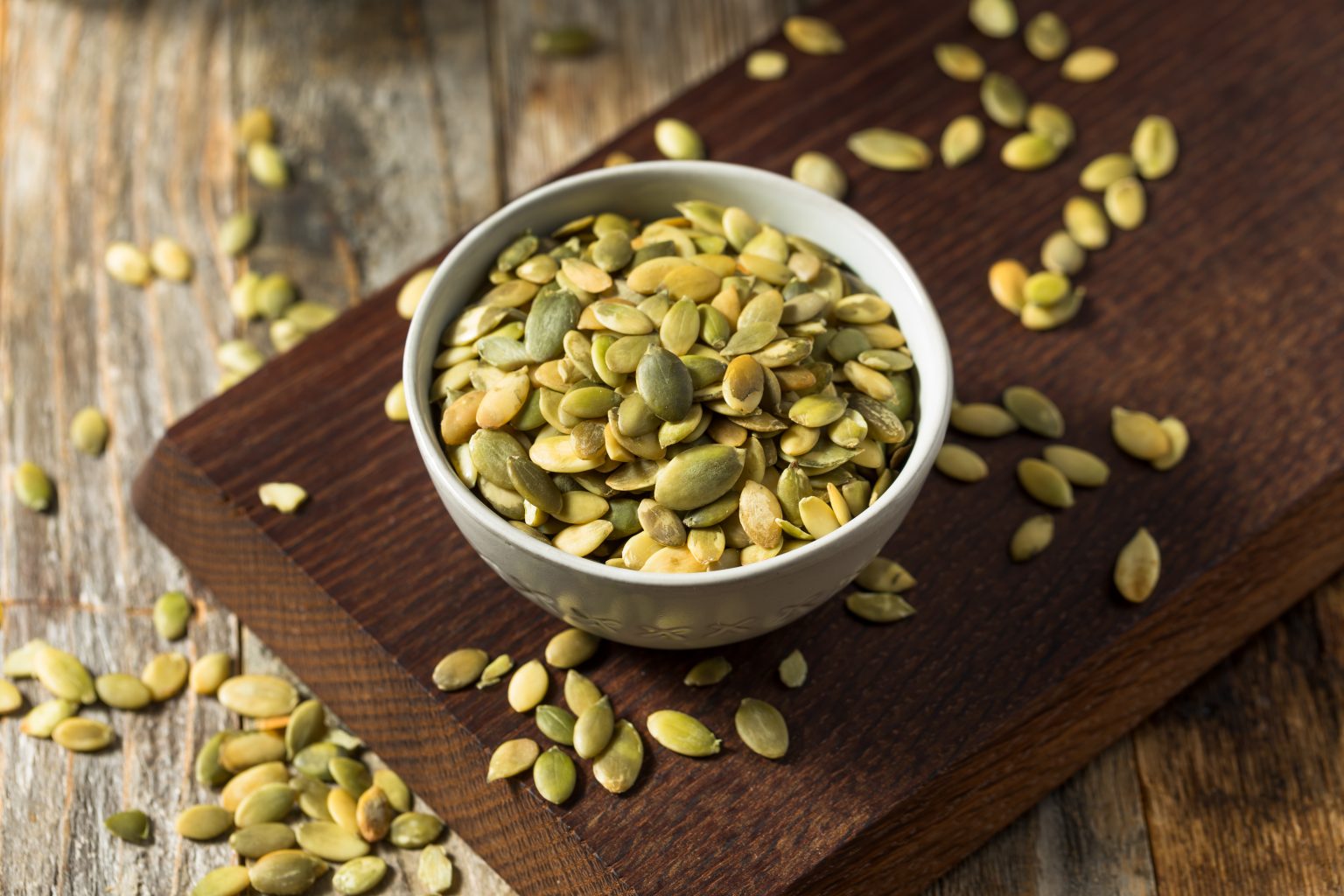Pepitas and pumpkin seeds, while often used interchangeably, are not quite the same. Pepitas are hulled seeds from specific varieties of pumpkins and are small, green, and tender. In contrast, the pumpkin seeds you’re likely to scoop out during Halloween have a tough, white shell and are larger and harder.
What makes pepitas distinct is their nutritional profile and culinary versatility. Pumpkin seeds, with their harder shells, are great for roasting and snacking, offering a crunchy texture. Pepitas, smooth and easy to chew, shine in salads, soups, and even desserts, bringing a delicate flavour that enhances a variety of dishes.
Understanding the difference can help make informed choices in the kitchen. Whether you’re seeking a crunchy snack or a subtle ingredient to elevate a meal, knowing what sets pepitas apart from pumpkin seeds can be a game-changer in your culinary adventures.
Understanding Pepitas and Pumpkin Seeds
Both pepitas and pumpkin seeds come from pumpkins, but they have distinct differences in terms of cultivation, physical characteristics, and nutritional profiles.
Defining Pepitas and Pumpkin Seeds
Pepitas are the edible seeds of certain varieties of pumpkins, particularly Styrian or oil seed pumpkins, found mostly in parts of Europe like Austria. Unlike common pumpkin seeds, pepitas do not have a hard outer shell and are naturally hull-less. Their name comes from the Spanish word for “little seeds of squash”.
Pumpkin seeds, on the other hand, come from the standard pumpkins you might carve for Halloween. These seeds are surrounded by a thick, fibrous hull. When you scoop out the insides of a pumpkin, these are the seeds you find. While they can be eaten after roasting, they have a different texture and taste compared to pepitas.
Cultivation and Harvesting Differences
Pepitas are harvested from specific types of pumpkins known as Styrian pumpkins or oil seed pumpkins. These varieties naturally produce seeds without hard shells, making them easier to process and consume in their raw state.
Standard pumpkin seeds are taken from the more common pumpkins seen in gardens and farms. These seeds are encased in a hard, white hull and are typically roasted before being eaten. The cultivation of these pumpkins does not focus on the seeds but on the fruit itself.
The growing conditions for hull-less pumpkins are similar to regular pumpkins, but the harvesting process is easier because the seeds do not require de-shelling. This makes pepitas more desirable for large-scale production where ease of processing is a factor.
Physical Characteristics and Nutritional Profiles
Appearance and Texture: Pepitas are smooth, oval-shaped, and greenish in colour. They have a soft texture, making them easy to chew. Pumpkin seeds are larger, have a tough, white shell, and are fibrous in texture, which requires more effort to eat.
Nutritional Profile:
- Pepitas: Rich in nutrients such as magnesium, zinc, iron, and various antioxidants. They offer a good source of protein and healthy fats, including omega-3 fatty acids.
- Pumpkin Seeds: Also nutrient-dense but with a different balance due to the shell. They provide dietary fibre, healthy fats, and beneficial minerals, but have a harder texture.
Both types of seeds offer health benefits, but the ease of eating and superior nutritional absorption from pepitas make them a preferred choice for many health-conscious consumers.
Incorporating Pepitas and Pumpkin Seeds into Your Diet
Both pepitas and pumpkin seeds offer unique flavours and textures, making them versatile ingredients for various dishes. They can be incorporated in sweet and savoury dishes, providing essential nutrients such as fibre and healthy fats.
Cooking and Preparation Methods
Roasting is a popular way to enhance the nutty flavour of both pepitas and pumpkin seeds. To roast, spread the seeds on a baking sheet, drizzle with oil, and bake in the oven until golden brown. Add a pinch of salt or sugar for extra taste.
Pepitas can also be eaten raw, while pumpkin seeds typically require hull removal before consumption. Both can be lightly toasted on a stove for a quick, crunchy snack. When preparing for soups or salads, these seeds can be sautéed with spices to add a rich, complex flavour.
Creative Recipes and Uses
Pepitas and pumpkin seeds make excellent toppings for soups and salads, adding a delightful crunch. They can be used in granola or trail mixes for a nutrient boost. Pepitas work well in pesto, giving a unique twist to the classic recipe.
For a sweet snack, try incorporating them into cookies or muffins. Their small size and delicate texture make them perfect for snack bars or topping bread. They can be mixed with sugar and spices to create a tasty brittle.
In Mexican dishes, pepitas are often used as a garnish or in sauces like mole. They are a great substitute for nuts in various recipes, offering a tender, yet crunchy alternative. Mixing them into granola bars provides a touch of nutrition with minimal effort.



